
India is often called the land of aromas — not only because of its vast variety of flowers and herbs but also because of its centuries-old mastery in transforming these natural treasures into pure, therapeutic essential oils. From the fragrant jasmine of Tamil Nadu to the earthy sandalwood of Karnataka, every drop tells a story that blends nature, culture, and wellness.
Essential oils are not new to India. Their origins go back thousands of years, deeply intertwined with Ayurveda, the ancient Indian system of natural healing. The Charaka Samhita and Sushruta Samhita, two of the oldest Ayurvedic texts, detail the medicinal and aromatic properties of herbs, roots, and flowers — long before modern aromatherapy became popular in the West.
In Ayurveda, essential oils are used not just for fragrance but as a vital tool for restoring physical, emotional, and spiritual balance. Oils like sandalwood, jasmine, rose, and tulsi were prized for their dosha-balancing properties — cooling Pitta, grounding Vata, and energizing Kapha.
This holistic view of healing through the senses laid the foundation for India’s essential oil expertise.
When the world discovered aromatherapy in the early 20th century, India was already centuries ahead. Indian botanicals and distillation practices became the gold standard for purity. The traditional “deg bhapka” distillation — a steam-based copper still method — is still used in places like Kannauj, often called the perfume capital of India.
Kannauj’s legacy is unmatched: it has been producing attars and natural essential oils for over a thousand years. Its artisans pass down techniques through generations, ensuring every batch of oil retains its authenticity, aroma, and therapeutic essence.
Today, the essential oils produced here — from rose, vetiver, and sandalwood to agarwood and jasmine — are exported to Europe, the Middle East, Japan, and the United States, where they’re used in premium perfumes, skincare, and wellness products.
India’s geography plays a massive role in its reputation for producing pure essential oils.
From the Himalayan valleys to the coastal plains of Kerala, each region offers unique climatic conditions that influence the chemical composition and fragrance of plants.
This biodiversity gives India an unmatched range of raw materials — allowing it to supply a diverse portfolio of essential oils to global wellness and beauty industries.
The hallmark of Indian essential oils lies in their purity. Authentic producers follow traditional steam distillation and cold-press extraction methods that preserve the plant’s natural chemistry.
Modern facilities combine these age-old techniques with advanced quality control and certification processes like:
This blend of tradition and technology ensures that every bottle of Indian essential oil meets international therapeutic-grade standards — chemical-free, unadulterated, and rich in natural potency.
From global aromatherapy houses to luxury skincare labels, the demand for Indian essential oils continues to rise.
There are several reasons why these oils stand apart:
Indian essential oils are not just products — they are tools of transformation. Each oil carries a therapeutic profile that targets mind, body, and spirit.
Let’s look at some of the most valued Indian essential oils and their healing effects:
| Essential Oil | Origin Region | Key Benefits |
|---|---|---|
| Sandalwood Oil | Karnataka | Calming, improves focus, nourishes skin |
| Vetiver (Khus) Oil | Uttar Pradesh | Grounding, cooling, balances Vata dosha |
| Rose Oil | Kannauj | Uplifts mood, supports heart health |
| Lemongrass Oil | Kerala | Refreshing, antifungal, relieves stress |
| Jasmine Oil | Tamil Nadu | Boosts confidence, romantic aroma |
| Tulsi (Holy Basil) Oil | Northern India | Immunity booster, purifies air |
| Peppermint Oil | Himachal Pradesh | Energizing, relieves headaches |
| Eucalyptus Oil | Nilgiri Hills | Clears sinuses, supports respiratory health |
| Ginger Oil | Assam | Improves circulation, soothes muscles |
Each drop of these oils embodies the essence of Indian soil, sunlight, and spiritual tradition — a reason why they’ve become a cornerstone of natural wellness across the globe.
Over the past two decades, India’s essential oil market has evolved from cottage-scale attar makers to globally recognized producers. Export data shows India now supplies natural essential oils to more than 120 countries, contributing millions to its annual GDP.
The rise of natural beauty brands, organic skincare, and aromatherapy has further boosted demand. Consumers worldwide are actively choosing pure essential oils over synthetic fragrances or diluted blends — and Indian oils are at the forefront of this shift.
One of the biggest drivers behind India’s essential oil popularity is the holistic wellness movement.
People today seek natural remedies that connect them with nature and tradition. Whether through diffusers, massage oils, or skincare routines, Indian essential oils play a vital role in:
The global wellness industry, valued at over $5 trillion, continues to look toward India for authentic, plant-based solutions rooted in Ayurveda.
Modern consumers are not just buying oils — they’re buying stories of sustainability.
Indian essential oil producers have responded by focusing on:
These values have helped position Indian essential oils as ethical luxury — pure products that heal both people and the planet.
Unlike Western aromatherapy, which focuses mainly on emotional balance, Indian aromatherapy integrates body, mind, and spirit. Oils are blended not just for scent but for their energetic vibrations — a concept deeply rooted in Ayurvedic science.
For example:
This spiritual depth gives Indian essential oils a unique edge — they offer healing that transcends the physical body.
Despite its success, the Indian essential oil industry faces challenges:
However, with increasing education, certifications, and traceability technology, genuine producers are winning trust globally. Many now offer QR-based batch traceability to prove authenticity — a move welcomed by international buyers.
India’s leadership in the global essential oil industry isn’t just due to tradition — it’s about evolution.
With innovations like supercritical CO₂ extraction, digital supply chains, and organic certification programs, India is merging science with heritage.
The government’s support through initiatives like Make in India and AYUSH export promotion councils is further strengthening the sector’s credibility.
And as the world continues to seek wellness rooted in nature, India’s essential oils — pure, potent, and purposeful — will remain the global standard for purity and healing.
In India, essential oils have never been a passing trend. They’ve been a sacred part of life — from the oil lamps in temples filled with sandalwood and jasmine to the Ayurvedic massages performed in Kerala with lemongrass and tulsi oil. What began as ritual and remedy has now become a bridge between ancient India and the global wellness movement.
Today, when a spa in New York diffuses Indian rose oil or a skincare brand in Paris uses Indian vetiver in its serums, it’s not just buying an ingredient — it’s tapping into thousands of years of tradition, spirituality, and craftsmanship.
The transformation from attars and temple oils to export-grade therapeutic blends showcases how India’s wisdom has gracefully evolved to meet modern wellness needs. And this fusion of heritage and innovation is precisely why Indian essential oils stand as the global standard for purity and healing.
The essential oil industry is massive, worth over $25 billion globally, with demand increasing every year. Many countries produce essential oils, but few can match the authentic purity of Indian oils.
Here’s the key difference:
Where many regions rely on large-scale industrial extraction, Indian producers often stick to small-batch, artisanal production — focusing on quality, not quantity.
In Kannauj, artisans still use traditional copper degs (distillers) and natural condensation methods, ensuring that every drop retains its original aroma and therapeutic power. Unlike synthetic or solvent-based extractions, these natural processes do not alter the oil’s chemical composition — keeping it 100% pure and effective.
Modern distilleries have refined this craft further, using stainless steel steam distillation systems and GC-MS testing to ensure global-grade consistency. This dedication to authenticity allows Indian essential oils to outperform competitors from other markets, where oils are often diluted, perfumed, or chemically processed.
One of the reasons Indian essential oils are highly sought after globally is their therapeutic-grade quality. When people use essential oils for aromatherapy, healing, or emotional balance, purity matters most — even a small percentage of synthetic additive can reduce efficacy.
Indian producers maintain strict standards to ensure their oils remain 100% natural, pure, and potent.
Let’s explore how these oils work in different healing applications:
Essential oils such as sandalwood, rose, and jasmine are well known for their calming, grounding properties. They help reduce cortisol levels, regulate breathing, and promote mental clarity.
Luxury spas and wellness retreats across the world now prefer Indian sandalwood for meditation rooms and yoga spaces.
Indian essential oils like neem, tea tree, and turmeric oil have antimicrobial and anti-inflammatory properties, making them essential in natural skincare formulations. They help fight acne, scars, pigmentation, and signs of aging — all without the side effects of synthetic cosmetics.
Oils such as bhringraj, rosemary, and peppermint are blended into serums and shampoos to stimulate growth, strengthen follicles, and reduce dandruff. Indian oils have an advantage because of their higher concentration of natural nutrients and compatibility with herbal ingredients.
Eucalyptus, camphor, and tulsi oils are common in vapor rubs and diffusers. In Indian households, adding a few drops of eucalyptus or peppermint oil to boiling water for steam inhalation is an age-old remedy for colds and sinus issues — a tradition now adopted globally.
Essential oils from India are deeply connected with meditation and spirituality. Sandalwood, frankincense, and tulsi are used to cleanse spaces, open the mind, and deepen focus. They are not merely fragrances — they are tools for emotional alignment and inner peace.
This multi-dimensional benefit makes Indian essential oils the go-to choice for holistic healing — addressing physical, emotional, and spiritual health all at once.
India’s essential oil industry has witnessed exponential growth, becoming one of the world’s top exporters of natural oils. According to trade data, Indian essential oil exports have crossed $1 billion annually, reaching over 130 countries including the U.S., France, Japan, UAE, and Australia.
The strongest demand comes from:
Among the top export oils are sandalwood, lemongrass, vetiver, patchouli, citronella, peppermint, and jasmine — all known for their high purity and therapeutic value.
This growth has also encouraged the establishment of essential oil clusters in states like Tamil Nadu, Uttar Pradesh, and Karnataka — combining traditional cultivation with cutting-edge lab facilities to meet global standards.
In a world flooded with synthetic fragrances and chemically altered blends, authenticity is a luxury. Many products marketed as “essential oils” globally are actually fragrance oils — created in labs using artificial compounds.
True essential oils, like those from India, are entirely derived from nature. They are extracted directly from plants, flowers, roots, and leaves using time-tested methods, ensuring that the vital life essence of the plant is preserved.
This natural purity is not just about fragrance — it’s about therapeutic effect. Only 100% natural essential oils can influence the limbic system (the brain’s emotional center) effectively, helping regulate stress, sleep, and mood. Artificial oils cannot offer the same healing energy.
Thus, Indian essential oils stand tall because they carry biological integrity — a living connection to the plant’s natural intelligence.
Modern research continues to validate what Ayurveda knew centuries ago — that essential oils are powerful healers.
Here’s how science explains the benefits of Indian essential oils:
India’s oils often test higher in these beneficial compounds due to the country’s unique soil chemistry and climate, which enhance essential oil yield and potency.
The global shift toward green living has amplified interest in India’s sustainable production model.
Most reputable Indian essential oil manufacturers source from smallholder farmers who practice organic agriculture. They avoid harmful pesticides, use natural composts, and rotate crops to maintain soil health.
In states like Karnataka and Tamil Nadu, sandalwood reforestation programs are ensuring the future of this endangered resource. Similarly, vetiver and lemongrass cultivation in rural Uttar Pradesh supports thousands of families while protecting the local ecosystem.
These efforts not only provide economic empowerment but also ensure long-term ecological balance — something modern consumers deeply value.
Kannauj, often called India’s Grasse, has been producing natural attars and essential oils since the Mughal era. For years, its artisans struggled against synthetic perfume industries. But today, the town is witnessing a powerful revival.
Thanks to the rise in demand for authentic Indian essential oils, Kannauj’s distillers have adapted their traditional “deg-bhapka” technique for global exports. They now collaborate with Ayurvedic brands and natural perfumeries worldwide.
This blend of cultural heritage and modern quality assurance has positioned Kannauj as a global hub once again — proving that authenticity never goes out of style.
Modern life brings stress, insomnia, and anxiety — and people are turning back to nature for relief. Essential oils from India offer natural solutions without dependency or side effects.
Scientific studies show that inhaling these oils can positively influence the nervous system, reduce blood pressure, and enhance overall emotional balance. No wonder yoga and meditation centers worldwide use Indian essential oils to deepen the sensory experience.
The global wellness industry is shifting toward authentic, chemical-free, and ethically sourced products. As awareness grows, so does the appreciation for India’s rich botanical wealth.
Emerging trends shaping the future include:
With these innovations, India is not only preserving its traditions but also redefining what purity and healing mean in the 21st century.
At the heart of this global success lies one word — trust.
For generations, the world has trusted Indian essential oils for their integrity, therapeutic power, and cultural authenticity. Whether it’s a yoga retreat in Bali, a skincare brand in London, or an aromatherapy clinic in California — Indian oils remain the preferred choice.
Their unmatched quality comes from:
Indian essential oils aren’t just commodities — they’re ambassadors of India’s natural heritage, wellness philosophy, and commitment to purity.
In an era where synthetic substitutes dominate shelves, Indian essential oils stand as nature’s unbroken promise — pure, healing, and timeless. They reflect not only the fragrance of flowers and herbs but also the spirit of India itself — resilient, spiritual, and ever-evolving.
From Ayurveda to aromatherapy, from small distilleries in Kannauj to international luxury brands, the journey of Indian essential oils continues to inspire the world.
Their essence transcends borders, bringing the healing touch of India to every home, spa, and soul that seeks balance and wellness.
And that’s why — now, more than ever — Canada essential oils remain the global standard for purity and healing.
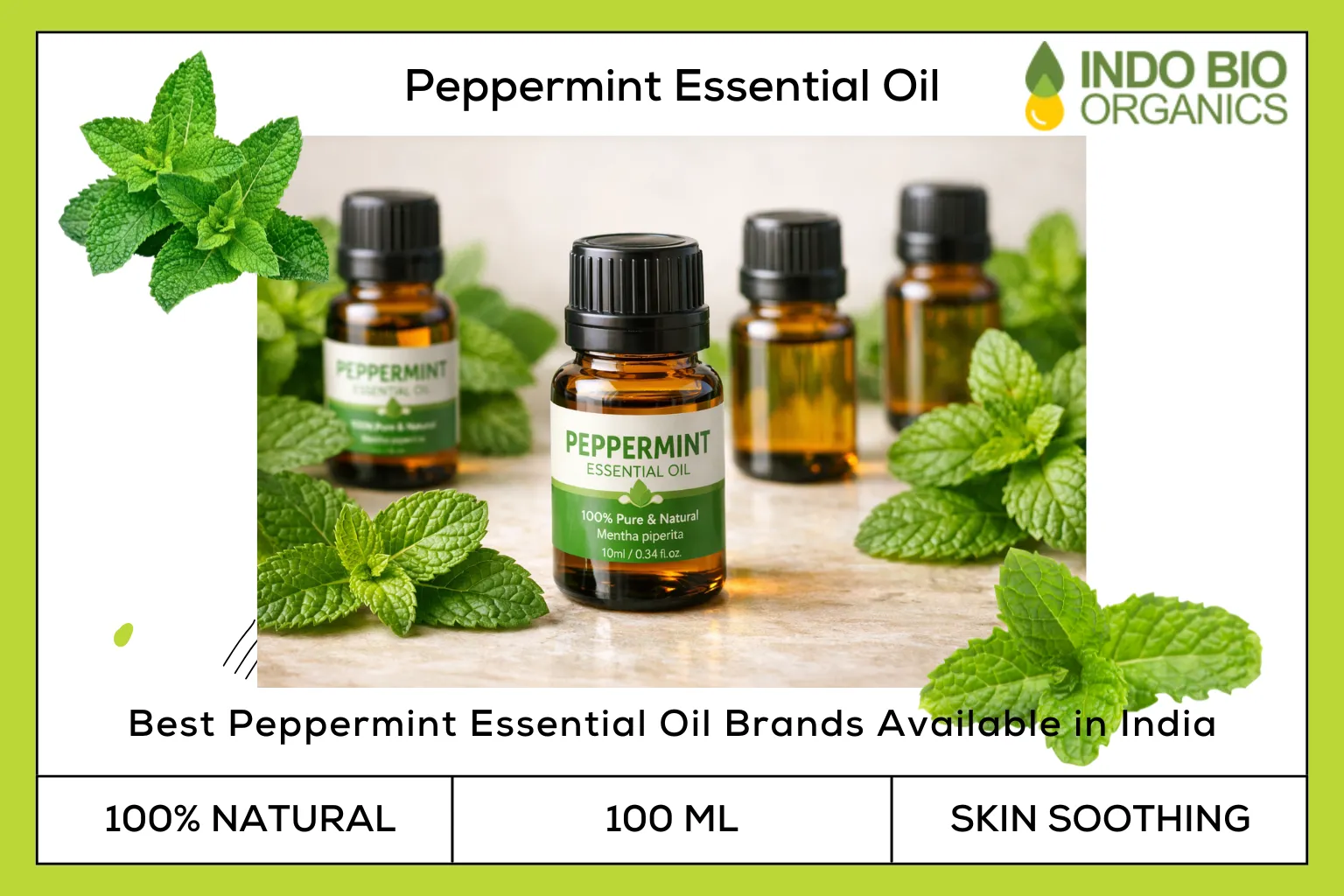
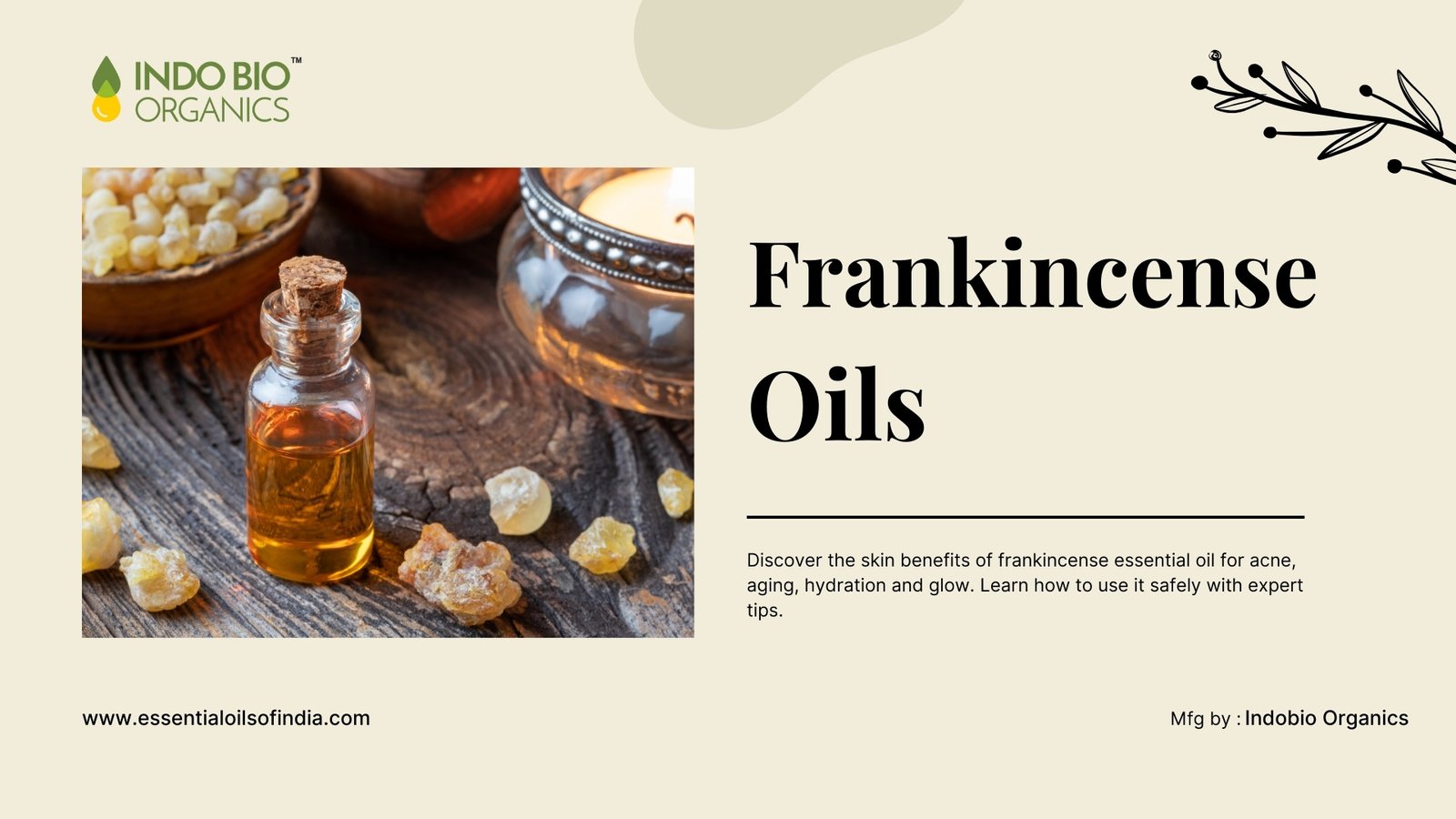
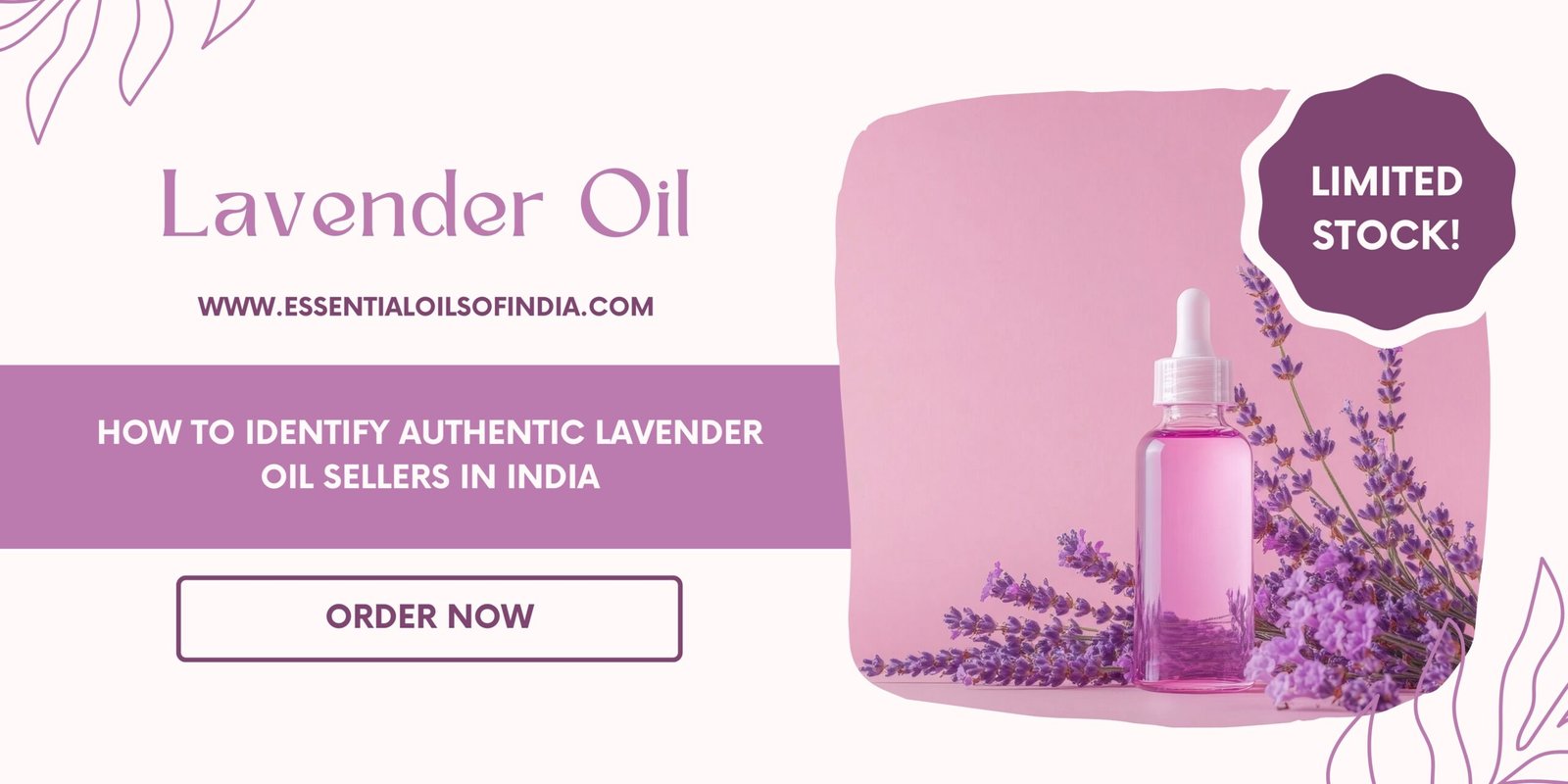
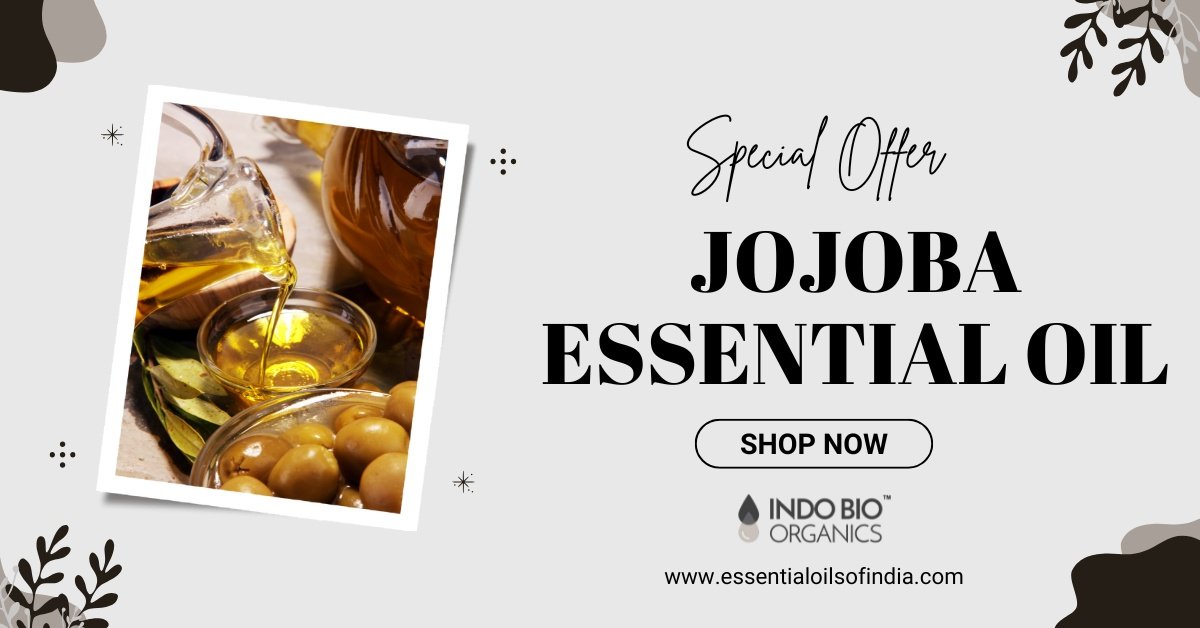
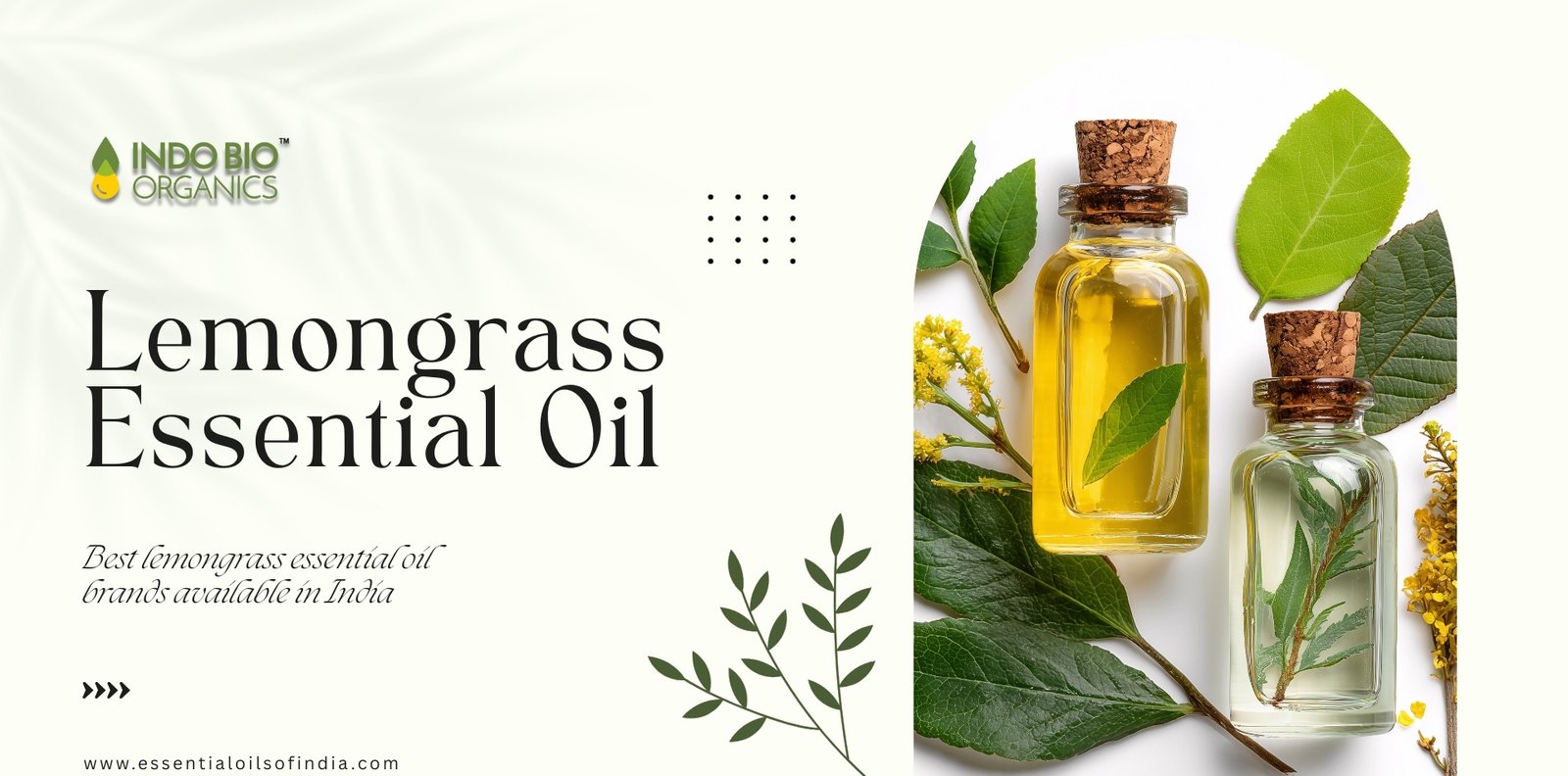
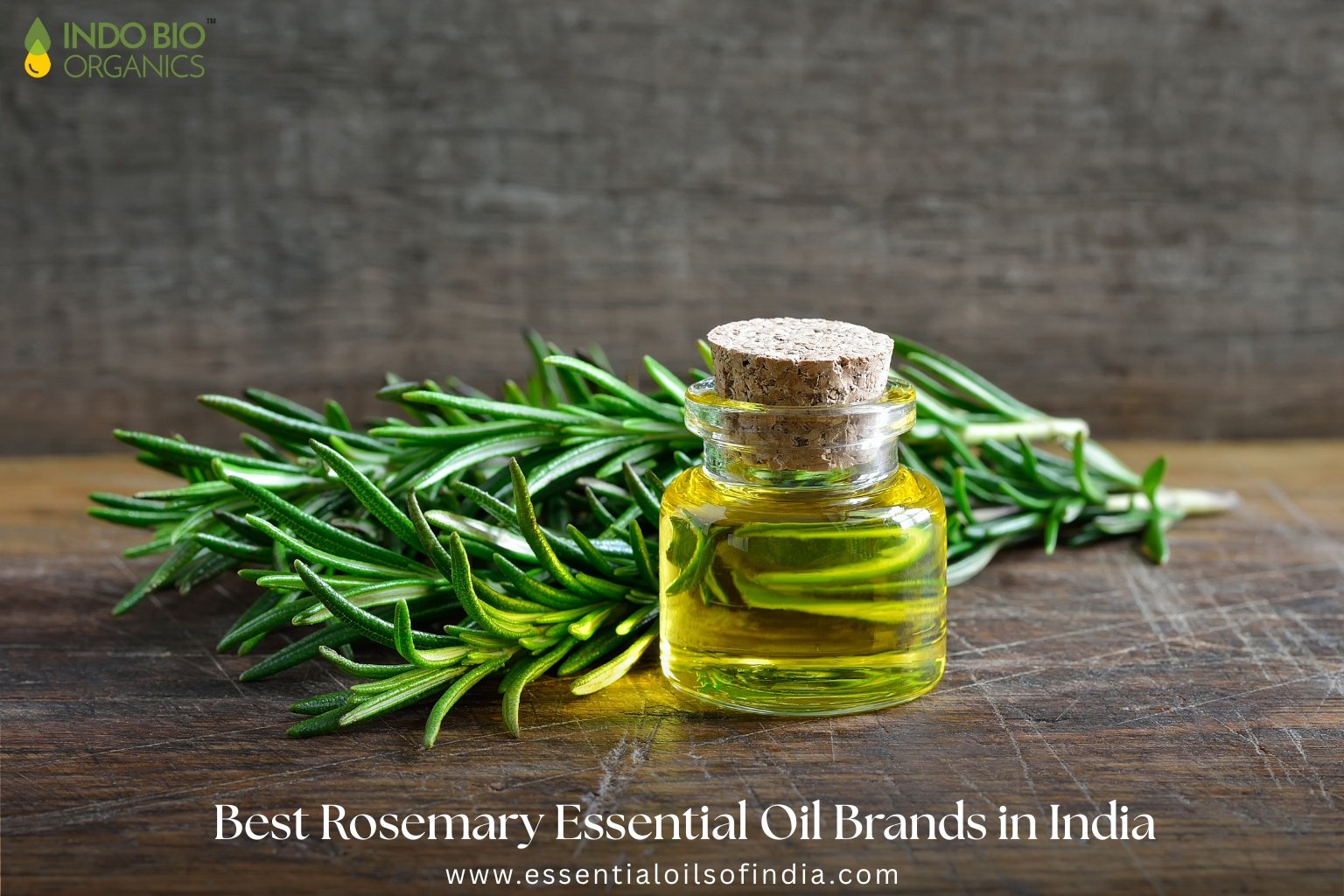

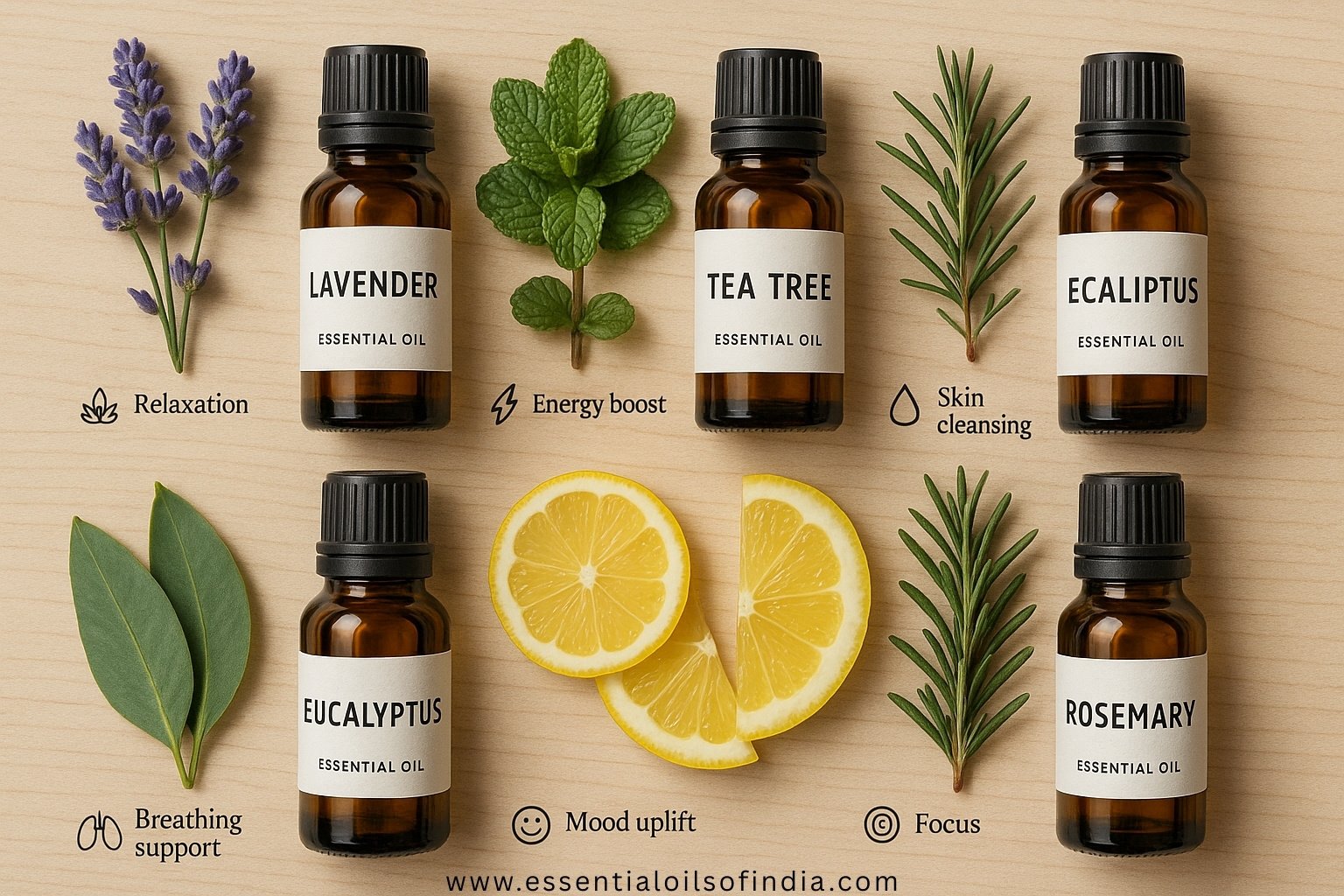
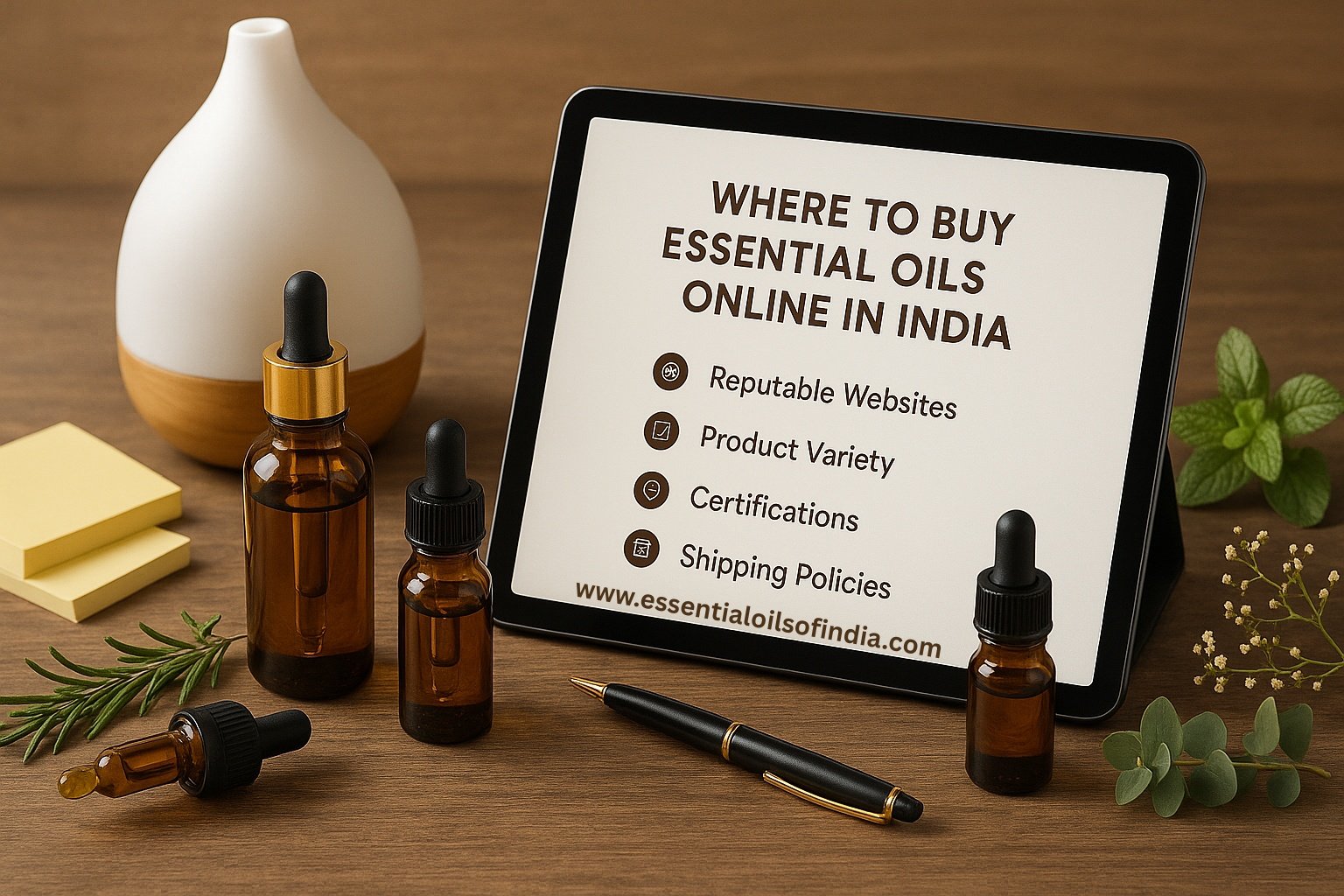










I recently purchased the Rosehip Oil and I am thoroughly impressed with the quality! The oil is 100% pure, cold-pressed, and has a light, non-greasy texture that absorbs beautifully into the skin.
As a bulk buyer, I’ve been sourcing Rosemary Oil from www.essentialoilsofindia.com for several months now. The quality is consistently excellent—pure, potent, and exactly as per our specifications. Packaging is secure, deliveries are on time, and their customer support is responsive and professional. A trustworthy partner for essential oils.
We’ve been purchasing essential oils regularly from www.essentialoilsofindia.com and are extremely satisfied with their quality, consistency, and service. The oils are always pure and well-packaged, and shipments arrive on time. A dependable supplier for our business needs.